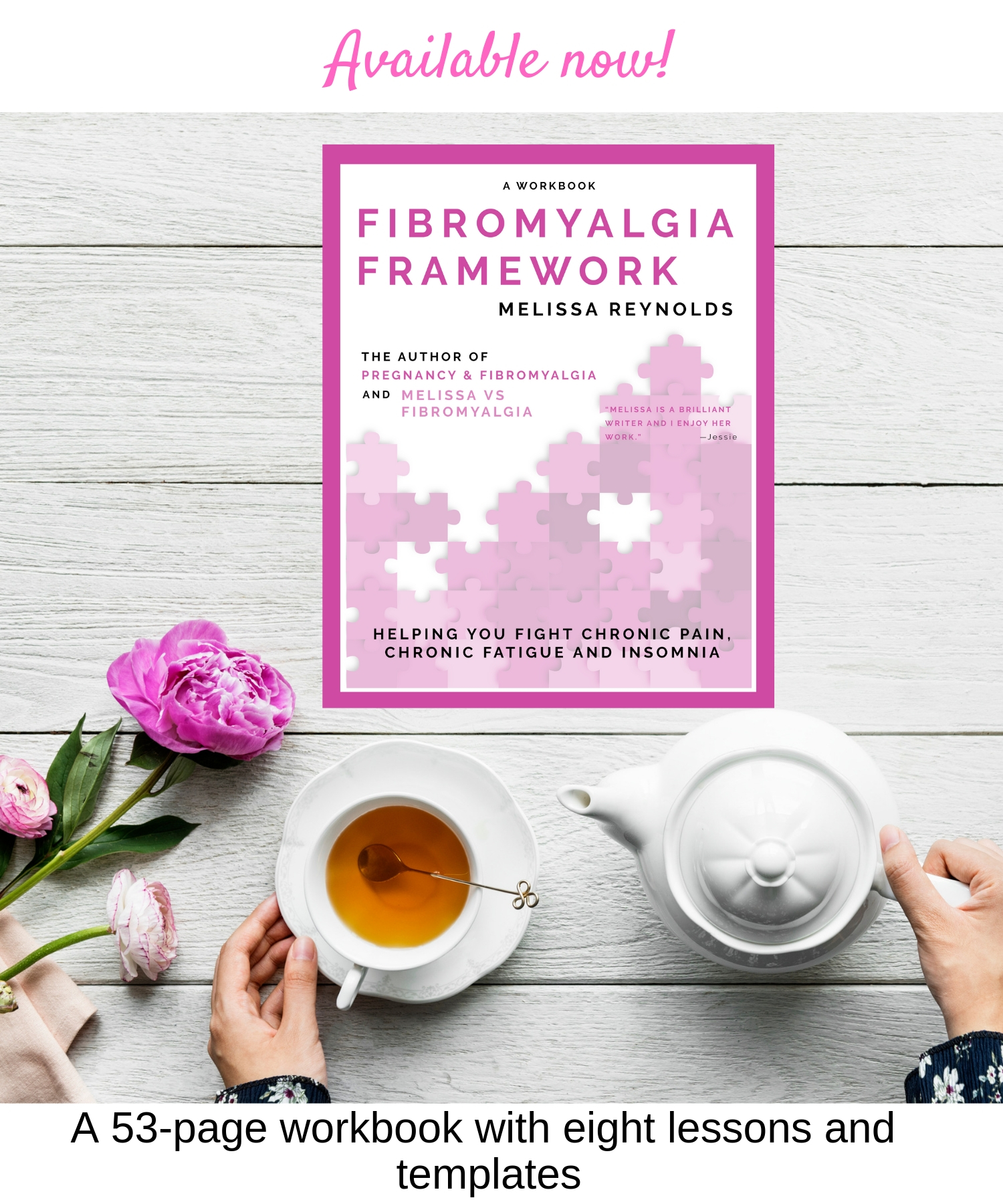Last Updated on March 17, 2024 by melissanreynolds
Welcome to part five – central sensitivity! I hope you’re enjoying this series! Did you catch the last one Sleep? It was pretty meaty and I hope very helpful.
The fibromyalgia framework series is going to present my (evolving) view of managing fibromyalgia. In 2018 some of my strongly held theories were proven true by experience and research. I’ll share this with you.
We have discussed:
The Fibromyalgia Framework
Diagnosis, Misdiagnosis and Fibro Books
Tracking Your Progress
Sleep
CENTRAL SENSITIVITY/OVERACTIVE NERVOUS SYSTEM IN FIBROMYALGIA
A lot of research suggests that Fibromyalgia is the result of central nervous system dysfunction – specifically an overactive nervous system, stressing and exhausting the brain (Dennis W. Dobritt, Fibromyalgia – A Brief Overview)[1]. Other literature suggests that the chronic pain causes the central nervous system to go into overdrive. However you look at it, the nervous system appears to be involved.
The theory of autonomic nervous system dysfunction resonates with me as a big part of the puzzle – not the entire answer.
Many of programmes are popping up and claiming to “cure” chronic pain (Lightning Process, Curable app, the CFS Unraveled programme, various books with similar programmes) based upon the idea of retraining the brain. If these programmes are the entire answer for someone, I am happy for them. But mostly they are going to be one part of the puzzle.
MEDITATION
Meditation promotes a calming of the central nervous system, allowing the parasympathetic nervous system to activate. In the short-term that meant achieving deep rest during meditation, in the longer term it meant a dramatic reduction of the misfiring of my fight or flight response to minor stimuli.
The benefits:
- Complete rest
- Calming the central nervous system (Martinez-Martinez et al, 2014[2])
- A break from stimulus
- Focus on the body, accepting it as it is (mindfulness).
- Not trying to nap, which can be frustrating for those who can’t.
- For those who have trouble with orthostatic intolerance, just lying down can make you feel better.
- A boost in energy (however temporary).
- Improve the immune system (University Health News Daily, 2018)
- Treat depression
- Reduce pain
MEDITATION OPTIONS
You can:
- Simply focus on your breath for a few moments. How you breathe in, how the breath feels a little warmer on the way out. How your body feels when you exhale. How your breaths get a little longer as you relax. Don’t push anything, just observe.
- Do your own body scan meditation – by quietly thinking of each part of your body in turn, noticing the feeling in each, accepting it, willing that part to relax and moving to the next.
- Do progressive relaxation – by tensing and releasing each part of your body in turn you can encourage it to relax deeply. As an example you could start with your feet, tense and release, your lower legs, upper legs, glutes, abdomen, arms, face.
- Guided meditations – YouTube has a heap available including Yoga Nidra, mindfulness meditations, meditation specific to pain or fatigue etc.
As an extra form of rest, you can lie down or recline in a chair with a heat pack.
Hey! Did you know can grab a FREE download of a yoga nidra guided meditation to try for yourself right here!

MINDFULNESS FOR FIBROMYALGIA
A working definition for mindfulness is to be observant of thoughts and feelings without judging them. To allow our body to be as it and accept it as it is.
A research paper (Cash et al 2016) found that mindfulness meditation “ameliorated some of the major symptoms of fibromyalgia and reduced subjective illness burden.” Other studies have also shown the effects to be sustained at three year follow ups, with consistent practice.
There are plenty of courses and books around learning mindfulness. One such book is by Vidyamala Birch, founder of Breathworks (a UK based organization that teaches mindfulness) and chronic pain warrior, You Are Not Your Pain: Using Mindfulness to Relieve Pain, Reduce Stress and Restore Wellbeing – an Eight Week Program. I enjoyed this book immensely.
The concept of mindfulness can follow you out of the practice of mediation and into daily life.
FURTHER READING
Books
- You Are Not Your Pain: Using Mindfulness to Relieve Pain, Reduce Stress and Restore Wellbeing – an Eight Week Program by Vidyamala Birch and Danny Penman (2013)
- Back in Control: A Surgeon’s Roadmap out of Chronic Pain by David Hanscom
- Cure: A Journey into the Science of Mind over Body by Jo Merchant (2016)
Articles
- Fight or Flight Response Overactive in Fibromyalgia
- What is Central Sensitization
- Central Sensitization Syndrome and Fibromyalgia
Activities
- Free writing for 5-15 minutes per day, then destroy the paper.
- Deep breathing (minimum of five quiet breaths when you feel the need, up to 10 minutes of specific mindful breathing a day)
- Write down your happiness level and social connection level each day, keep a gratitude list and remember your people.
- Do a calming breathing practice like this one.
- Try Yoga Nidra guided meditation like this one you can download for free
- Check out restorative yoga and how it can help calm the central nervous system.
[1] Dennis W. Dobritt, DO, DABPM, FIPP. Fibromyalgia – A Brief Overview (a presentation). Retrieved from https://www.michigan.gov/documents/mdch/fibroacpsm_246421_7.pdf
[2] L.A. Martínez-Martínez, T. Mora, A. Vargas, M. Fuentes-Iniestra, & M. Martínez-Lavín. (2014). Sympathetic nervous system dysfunction in fibromyalgia, chronic fatigue syndrome, irritable bowel syndrome, and interstitial cystitis: a review of case-control studies. Retrieved from https://www.ncbi.nlm.nih.gov/pubmed/24662556
Impatient? Want to work through the content now? The Fibromyalgia Framework Workbook is available to purchase, with all of the templates (freebies and templates recommended from my Etsy Store) with space for notes to work through the content as a course. Find the Fibromyalgia Framework here (digital). Find it physically here




6 thoughts on “Fibromyalgia Framework Part Five: Central Sensitivity and How Meditation Can Help”